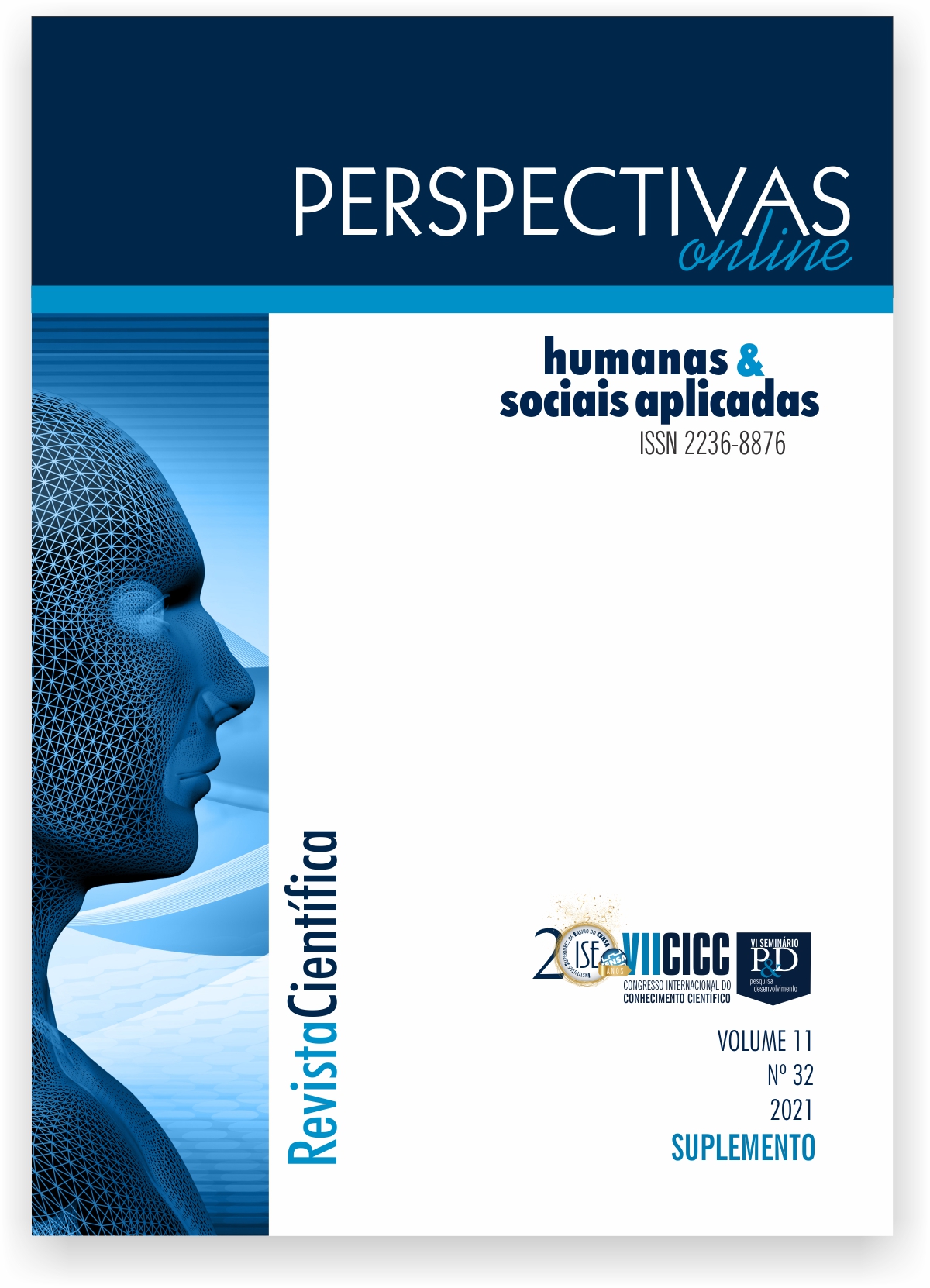Conteúdo do artigo principal
Resumo
A indústria da construção civil está em constante aprimoramento dos seus processos, produtos e serviços. Parte desse aprimoramento tem sido a aplicação de uma nova tecnologia ao planejamento da edificação que vem a ser o Building Information Modeling (BIM), uma tecnologia voltada para a modelagem da informação na construção civil em todo o ciclo de vida da edificação. O domínio do BIM tem se tornado indispensável a todo profissional de formação em arquitetura e urbanismo e engenharia civil, pois opera a interoperabilidade e a colaboração entre os profissionais, exigindo capacitação em diversas ferramentas e softwares que se estruturam dentro deste conceito. No entanto, a adesão e implantação da utilização da tecnologia nas instituições é um processo dispendioso, de mudança de paradigmas e gradativo. As etapas de implantacão da tecnologia passaram a receber a nomenclatura de “níveis de maturidade BIM”, passando a ser atribuídos a fim de mensurar e acompanhar uma implantação exitosa no alcance pleno do que a tecnologia oferece. Essa pesquisa tem o objetivo de estudar e compreender o que vem a ser o conceito de nível de maturidade BIM na indústria da construção civil, quando aplicado ao ambiente de ensino superior. Para tanto, será realizada revisão de literatura a partir de levantamentos bibliográficos, artigos, seminários e anais de congresso, que auxiliarão a determinar quais são as etapas e fatores que devem ser levados em consideração para atribuir níveis de maturidade BIM às Instituições de Ensino Superior (IES) de Arquitetura e Urbanismo e Engenharia Civil. Espera-se com isso contribuir para a compreensão do nível de maturidade BIM nas IES, com base nas principais literaturas sobre o tema.
Palavras-chave
Detalhes do artigo
Os artigos submetidos a Revista Perspectivas Online: Humanas e Sociais Aplicadas estão licenciados conforme CC BY. Para mais informações sobre essa forma de licenciamento, consulte: http://creativecommons.org/licenses/by/4.0
A disponibilização é gratuita na Internet, para que os usuários possam ler, fazer download, copiar, distribuir, imprimir, pesquisar ou referenciar o texto integral dos documentos, processá-los para indexação, utilizá-los como dados de entrada de programas para softwares, ou usá-los para qualquer outro propósito legal, sem barreira financeira, legal ou técnica.
1) Autores mantém os direitos autorais e concedem à revista o direito de primeira publicação, com o trabalho simultaneamente licenciado sob a Licença Creative Commons Attribution que permite o compartilhamento do trabalho com reconhecimento da autoria e publicação inicial nesta revista.
2) Autores têm autorização para assumir contratos adicionais separadamente, para distribuição não-exclusiva da versão do trabalho publicada nesta revista (ex.: publicar em repositório institucional ou como capítulo de livro), com reconhecimento de autoria e publicação inicial nesta revista.
3) Autores têm permissão para publicar e distribuir seu trabalho online (ex.: em repositórios institucionais ou na sua página pessoal) a qualquer ponto antes ou durante o processo editorial, já que isso pode gerar alterações produtivas, bem como aumentar o impacto e a citação do trabalho publicado.
